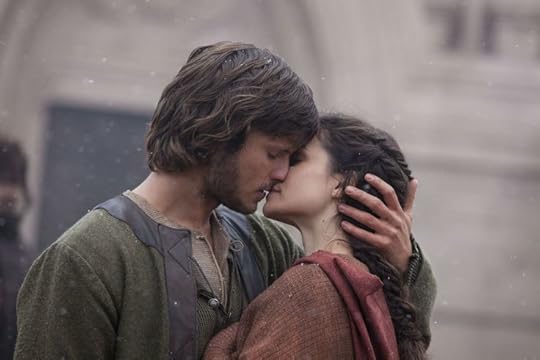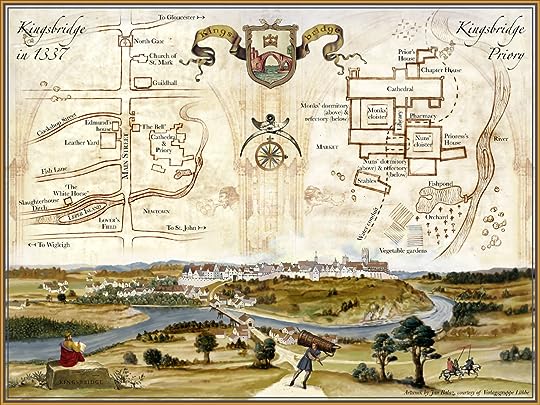What do you think?
Rate this book


1237 pages, Hardcover
First published October 4, 2007
We who are born poor have to use cunning to get what we want. Scruples are for the privileged.


SILLY PEASANT: I don’t know how to solve this problem.
CARIS: It’s simple. You just need to do this obvious thing, this obvious thing, and this obvious thing.
SILLY PEASANT: You might be a woman…but you are a genius!
ME: No! You’re both idiots! Good luck with the bubonic plague, jackasses.







